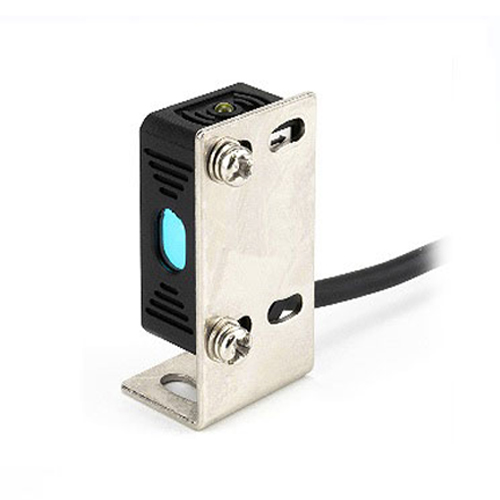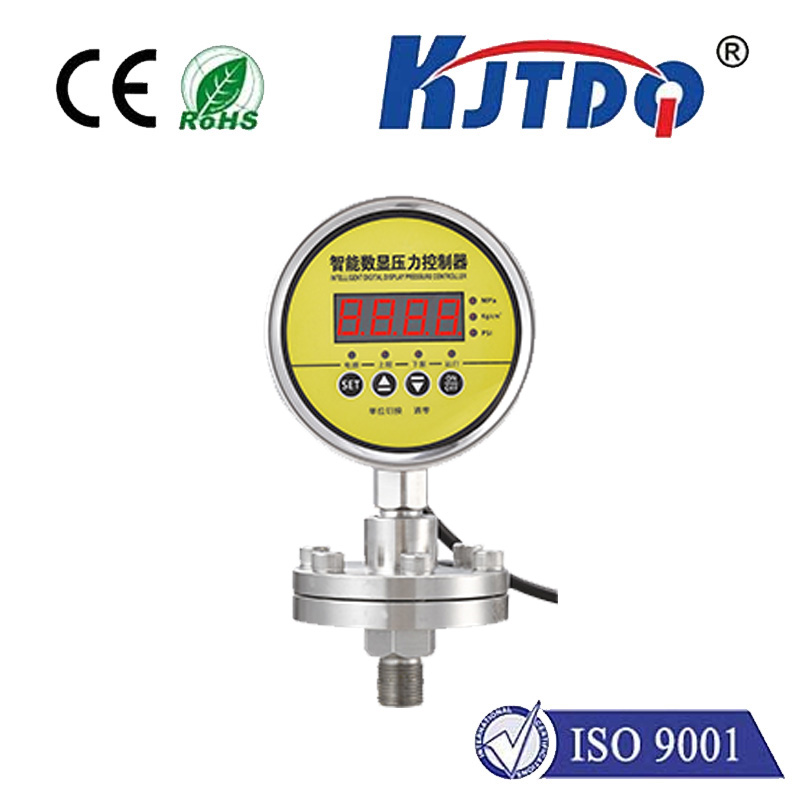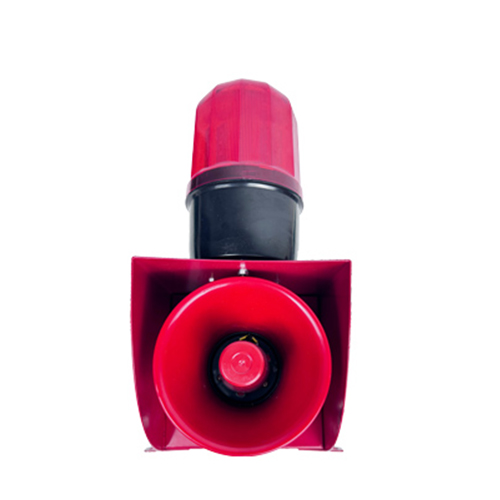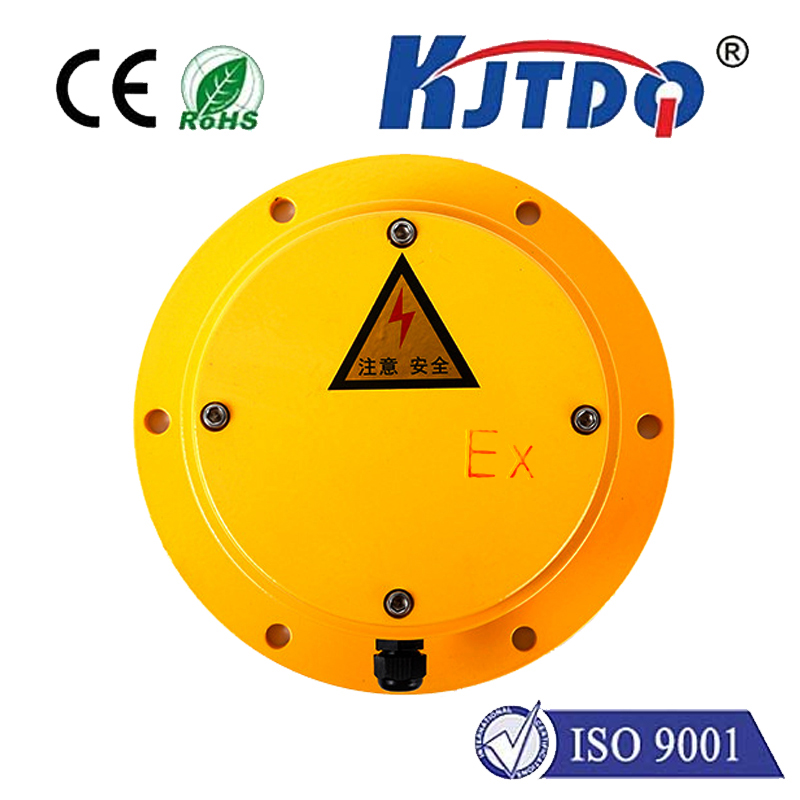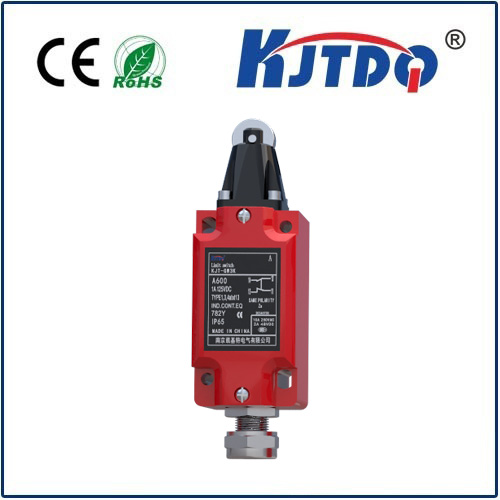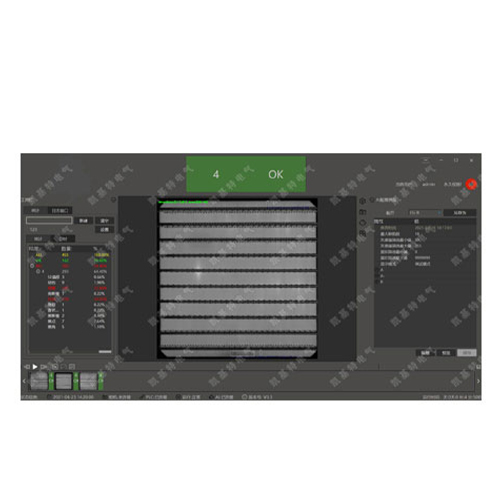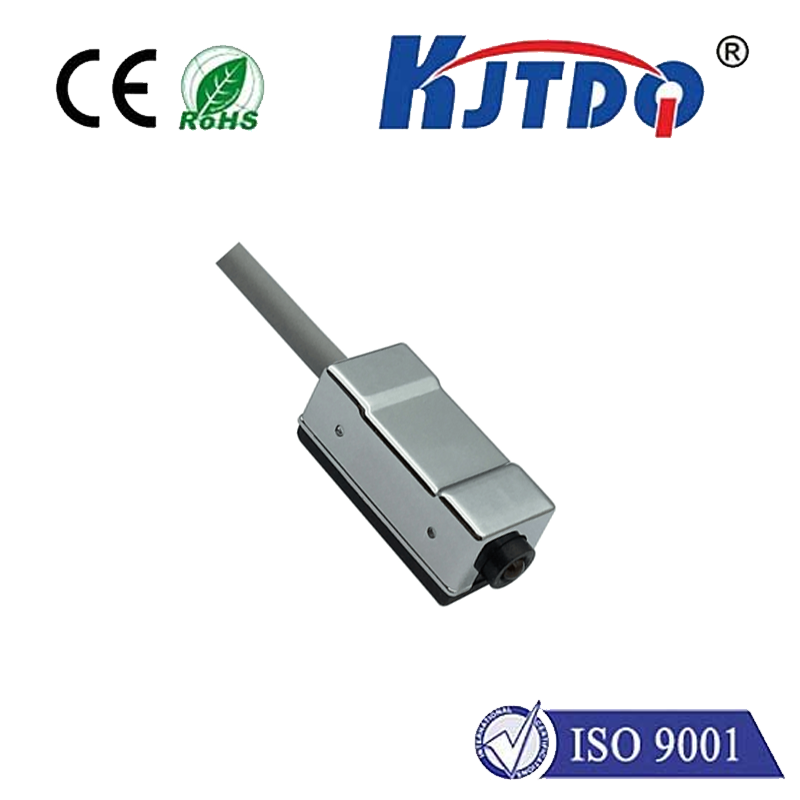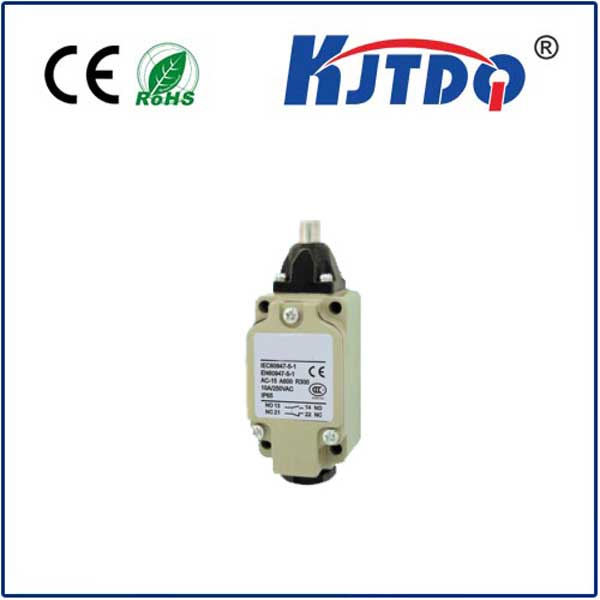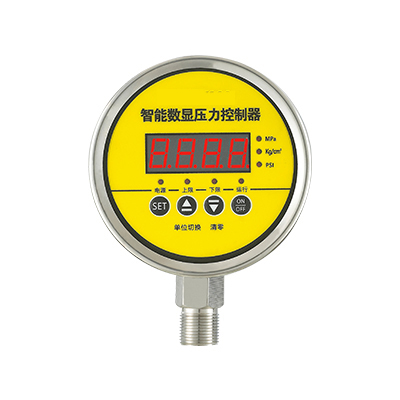mems proximity sensor
- time:2025-07-14 14:37:34
- Click:0
MEMS Proximity Sensors: The Invisible Guardians in Modern Electronics
Ever wondered how your smartphone screen magically turns off when you hold it to your ear during a call? Or how an automatic faucet senses your hands without any physical contact? This seemingly simple magic trick is often orchestrated by a marvel of modern micro-engineering: the MEMS proximity sensor. These tiny, silent sentinels work tirelessly in the background, enabling countless features that define our seamless interaction with technology. Far from being simple switches, MEMS proximity sensors represent a sophisticated fusion of microscopic mechanics and advanced electronics, fundamentally transforming how devices perceive and respond to our immediate presence.
Demystifying the MEMS Magic
To grasp the significance of MEMS proximity sensors, we first need to break down their core technology: Micro-Electro-Mechanical Systems (MEMS). MEMS involves fabricating miniature mechanical elements, sensors, actuators, and electronics integrated onto a single silicon chip using processes similar to those used in integrated circuit (IC) manufacturing. This miniaturization allows for incredibly small, complex, and reliable systems that consume minimal power – characteristics essential for modern portable and embedded devices. A MEMS proximity sensor specifically is designed to detect the presence or absence of nearby objects without physical contact.
How Does Proximity Sensing Work?
The fundamental principle behind most MEMS proximity sensors involves infrared (IR) light combined with sophisticated detection circuitry. Here’s a simplified breakdown:
- IR Emission: An infrared light-emitting diode (IR LED), often integrated near the sensor package, emits an invisible beam of infrared light outwards.
- Reflection Detection: When an object comes within the sensor’s defined detection range, this IR light reflects off the object’s surface.
- Light Sensing: A tiny, highly sensitive MEMS photodetector or photodiode, residing on the same chip or in close proximity, captures the reflected IR light.
- Signal Processing: Integrated electronics on the sensor chip or a connected microcontroller measure the intensity of the reflected light received by the photodetector. The strength of this signal correlates directly with the distance of the object. Sophisticated algorithms process this signal to determine if an object is “near” (within the detection threshold) or “far.”
- Output: Based on this determination, the sensor generates a digital signal (e.g., high/low) or sometimes an analog voltage corresponding to distance, triggering the desired system response – like turning off a touchscreen or activating a faucet.
The Compelling Advantages of MEMS Proximity Technology
Choosing a MEMS approach for proximity detection offers distinct advantages over older, bulkier technologies:
- Miniaturization: MEMS sensors are incredibly small, often just a few millimeters square. This allows designers to embed them in the thinnest smartphones, wearables, and compact IoT devices where space is at an absolute premium.
- Ultra-Low Power Consumption: MEMS proximity sensors are designed for efficiency. They typically operate at very low voltages and can often enter ultra-low-power sleep modes, waking only periodically to check for proximity. This is crucial for extending battery life in smartphones, wireless earbuds, and remote sensors.
- High Reliability & Robustness: Being solid-state devices (no large moving parts like traditional switches), MEMS sensors are highly resistant to shock, vibration, and mechanical wear and tear, offering long operational lifespans.
- Cost-Effectiveness at Scale: Leveraging semiconductor batch fabrication techniques, MEMS sensors can be mass-produced very cost-effectively, making them viable for high-volume consumer electronics.
- Integration Potential: MEMS proximity sensors can often be fabricated alongside other MEMS sensors (like accelerometers or gyroscopes) or integrated with control electronics on a single package (System-in-Package, SiP), simplifying design and reducing the bill of materials (BoM).
Where You’ll Find MEMS Proximity Sensors in Action
The applications for these miniature marvels are vast and continually growing:
- Consumer Electronics: This is the most visible domain. MEMS proximity sensors enable:
- Smartphone Screen Blanking: Turning off the display during calls prevents accidental cheek touches, saving power.
- Automatic Display Wake-up: Bringing a phone near your face wakes the screen.
- Gesture Recognition: Detecting simple hand swipes near devices.
- Laptop/Tablet Functionality: Disabling touchpads when typing or detecting lid closure.
- Earbuds/Cases: Detecting when earbuds are removed from ears or placed in charging cases.
- Automotive Systems: Enhancing safety and convenience:
- Occupant Detection: Determining passenger presence for airbag control and seatbelt reminders.
- Hands-Free Trunk/Boot Opening: Kick-to-open features.
- Driver Monitoring Systems: Detecting driver presence and attentiveness.
- Touchless Controls: Gesture control for infotainment systems.
- Industrial & Automation: Monitoring machinery, detecting object presence on conveyor belts, safeguarding personnel around moving equipment, and enabling touchless interfaces for hygiene.
- Robotics: Providing robots with basic spatial awareness to detect obstacles or humans nearby for safe navigation and interaction.
- Smart Home & IoT: Automating lighting control upon approach, detecting door/window openings for security, touchless faucets and soap dispensers, smart appliance control.
- Medical Devices: Enabling touchless interfaces for hygiene-critical equipment, detecting operational states, and patient monitoring systems.
The Future of MEMS Proximity Sensing: Smarter, Integrated, More Aware
As technology evolves, MEMS proximity sensors are becoming even more sophisticated. We see trends towards:
- Multi-Sensor Fusion: Combining proximity data with inputs from accelerometers, gyroscopes, ambient light sensors, and even microphones to understand context better and enable more complex features with lower false triggers.
- Improved Accuracy & Range: Advancements in optics, emitter efficiency, and detection algorithms are pushing the boundaries of detectable range and distance measurement precision.
- Lower Cost and Power: Continued process refinement will keep driving costs down while further minimizing power budgets, enabling sensing in even more constrained environments.
- Integration with AI/ML: Proximity data streams can feed artificial intelligence and machine learning algorithms to predict user intent and enable truly anticipatory interactions.
From the smartphone in your pocket to the car you drive and the factories that build our world, MEMS proximity sensors are the unseen enablers of intuitive, efficient, and safe interactions. Their unique blend of microscopic size, negligible power appetite, robust reliability, and falling cost makes them indispensable components in the modern technological landscape. As their capabilities continue to expand through integration and smarter processing, these tiny chips will undoubtedly remain at the forefront of bridging the physical and digital worlds seamlessly, constantly sensing our presence and silently orchestrating the responsive experiences we increasingly take for granted.











